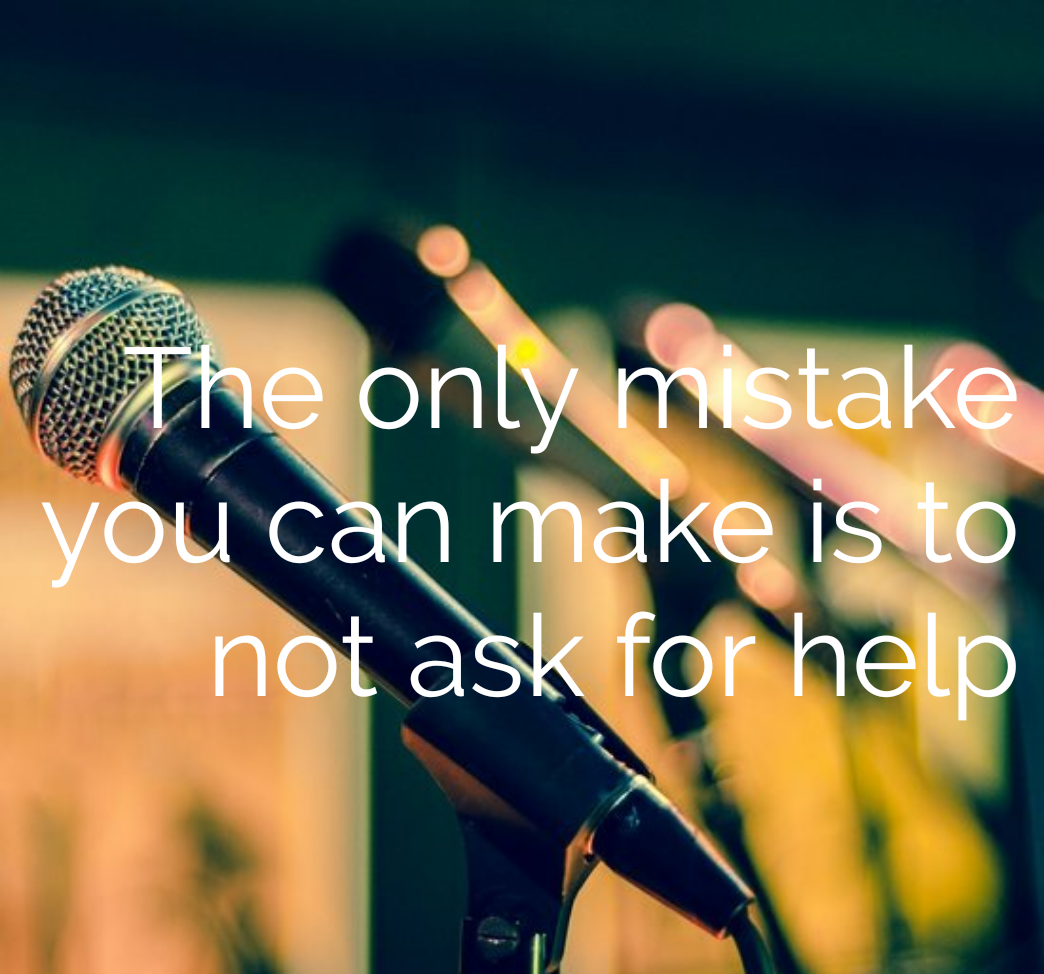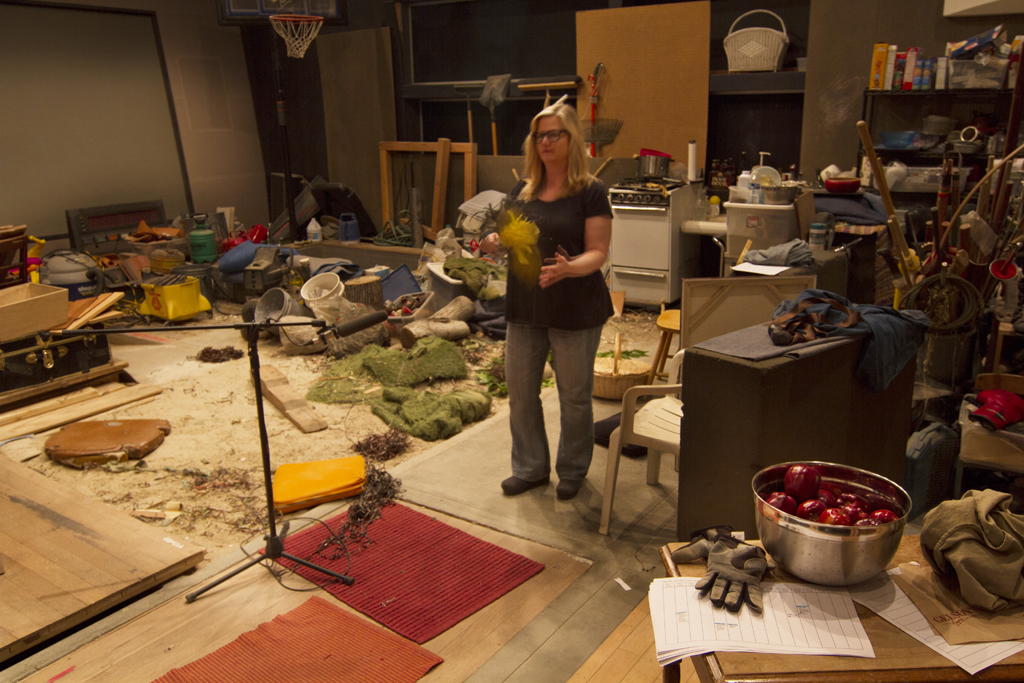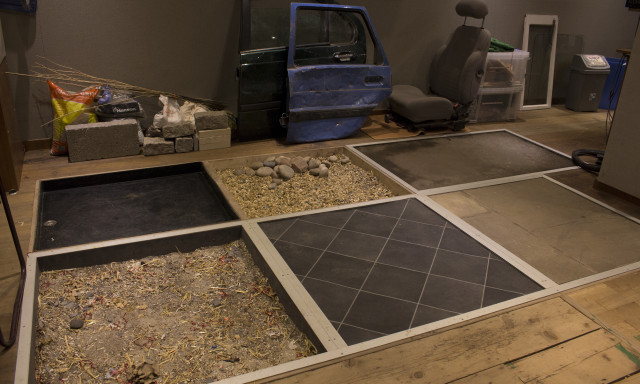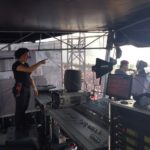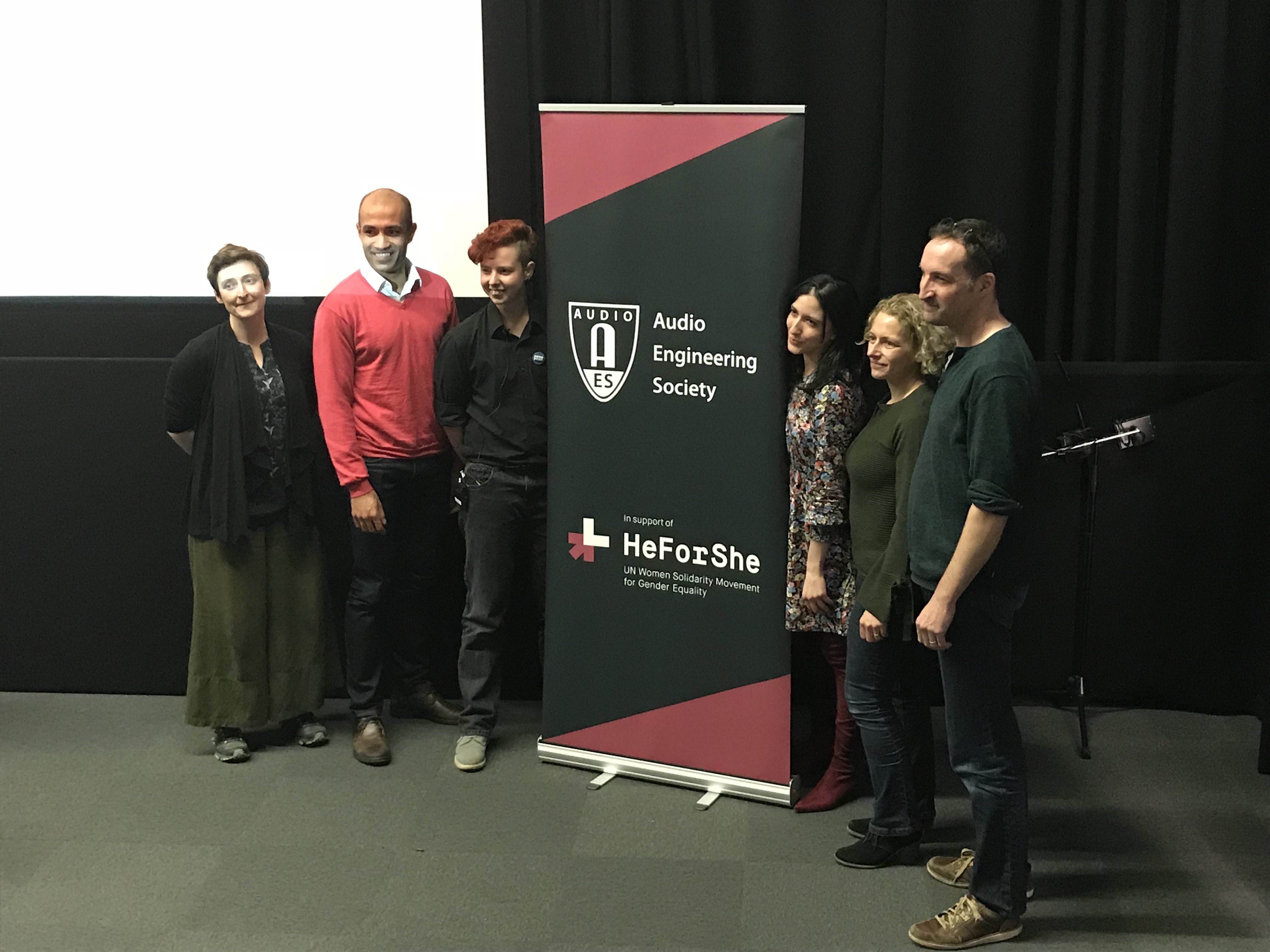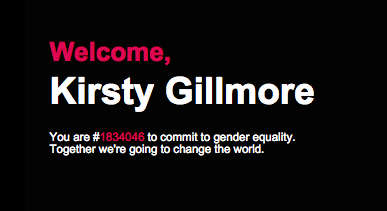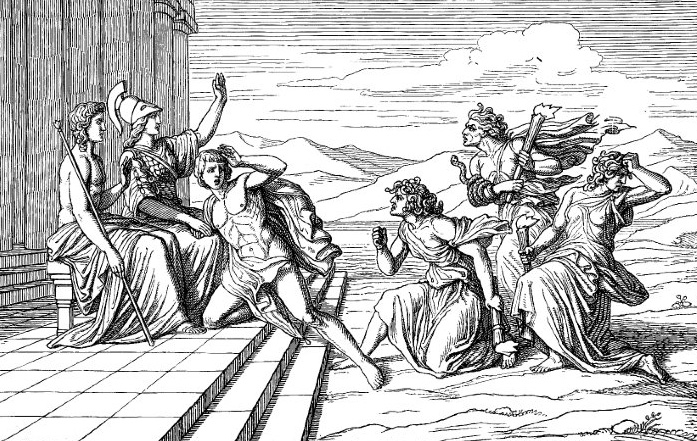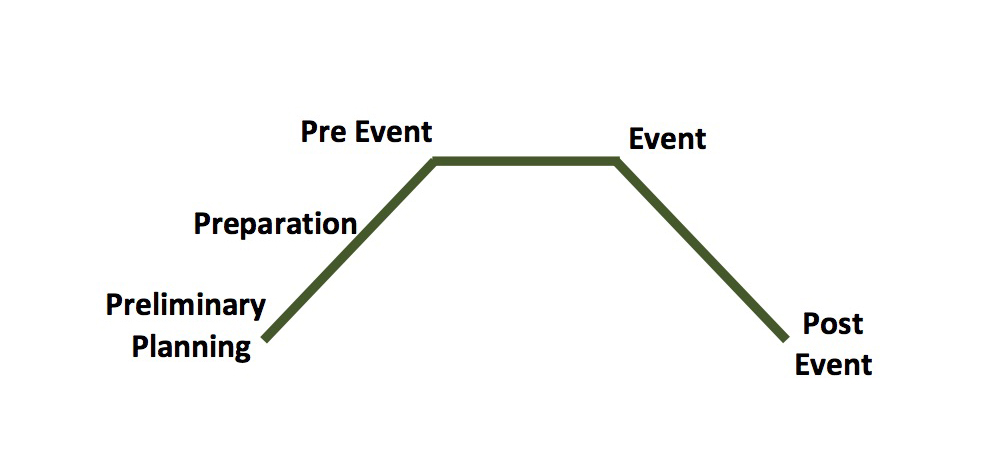
Anatomy of an Event
Planning a successful event involves many responsibilities and steps – preliminary planning, preparation, pre-event check-in, execution of the event itself, and post-event wrap-up. The timeline of these stages may differ depending on the size and details of the event, but each stage is important.
Preliminary Planning
First determine the purpose, goals, audience, and budget of the event, then set your sights on the location, date, and time.
Determining whether an event is held for entertainment, education, business, or any other variety of reasons is vital. Acknowledging the purpose can influence the goals, and in turn, help to pinpoint the target audience. Knowing your intended audience will help drive the direction of the event and budget. It also enables you to create an experience for your audience to remember. Equally important is setting a budget. Plan your budget to meet or exceed the costs.
Securing space for a desired date and time is a crucial first step towards making an event dream a reality. Know the specific requirements of any featured guests, and make sure that the venue can honor these needs. Consider things like insurance policies, space capacity, furniture and technology capabilities, and parking. Work to find a common date that’s available for the speaker/artist and the venue. Before contracting with any artist or venue make sure all aspects of the contract are covered or have determined amendments that all parties have agreed upon.
Preparation
Preparation includes the finalization of any contracts, marketing the event, and day-of-event arrangements. Make sure the artist, venue, technology support, traffic & safety plans, and catering contracts are all aligned with the proper dates, times, and location. Next, advertise for the event, keeping in mind the branding of sponsors, as well as appealing to the target audience. Send save the dates and invitations to your VIP attendees, hang filers, send emails, and make one-on-one connections with those who might be interested in or benefit from the event. This stage is all about communication.
Pre Event
All plans, including attendance, furniture, security, and catering should be double-checked and finalized no less than two weeks prior to the event. This lead time allows planners to iron out any missed details before the big day and allows the people doing this work the proper time to do what they do best.
Event
This is it! If special care has been taken to complete tasks in the previous steps, the event should be fully formed and ready to go! There will always be last-minute things to handle, but these are minor details that can be quickly resolved.
Post Event
The event was a success, but it’s not over yet! Now is the time to leave a lasting impression. As the night unwinds and the cleanup commences, be sure to thank those involved. In the days following the event, reach out to the vital people that supported the event with a written note of thanks. Pay invoices promptly upon receipt. Take note of what went well and what can be improved. Hold a debriefing meeting if needed, and then take what was learned and apply it to the next event as it begins to take shape!
Each step within an event is important, and noticeably as SoundGirls we are one crucial part to an event, but it is valuable to know how the planning process should begin and the many moving parts involved within each event. Plus, our days will likely be much easier if the groundwork has been laid by the event planner during each step of the event.
